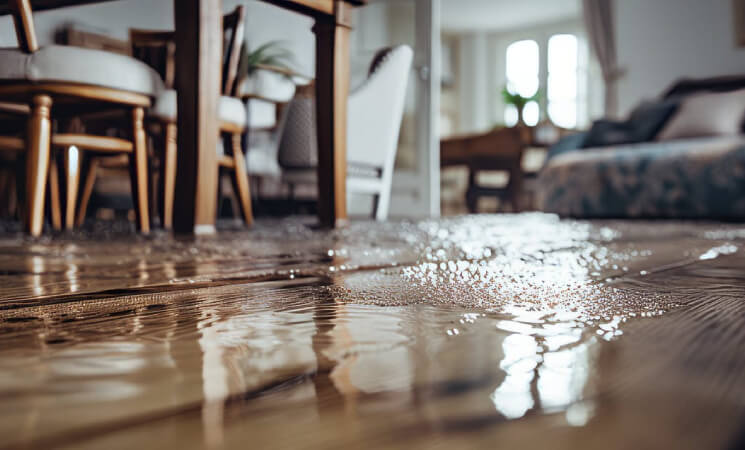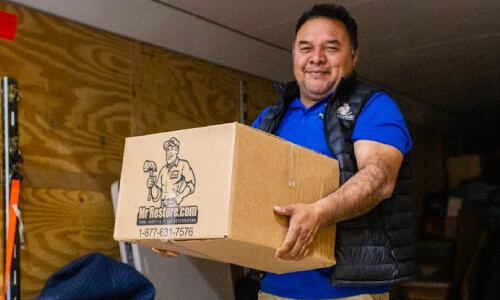Frozen and burst water pipes in the middle of winter are inconvenient disasters. It can lead to thousands of dollars of water damage to your home and belongings. Many people assume they know how to prevent burst pipes, but there are a few myths that fool people into making mistakes. You will be surprised to learn that some of what you thought you knew isn’t entirely true. Mr. Restore has responded to hundreds of water damage calls around the Dallas area due to misconceptions about burst pipes. Check out these myths about freezing water pipes to increase your restoration knowledge and gain some insight into preventing freezing pipes.
1. Living in a Cold Region Puts You at the Greatest Risk of Frozen Pipes
Surprisingly, this isn’t true. People who live in northern climates are much more aware of the dangers of freezing pipes. They tend to protect their pipes from the conditions that cause freezing. Those in the south, who only get freezing weather a few times a year, are most at risk. People in southern climates are likelier to run water pipes under the home or in exposed areas. The pipes have no protection when cold weather strikes and are likely to freeze and risk bursting. Don’t fall victim to this myth!
2. Pipes Don’t Freeze Unless It is Below Zero for Several Nights
This may be the old standard for those who live in northern climates. It really isn’t accurate for all locations. Uninsulated pipes, or those exposed to the elements, begin to freeze at 20 degrees Fahrenheit. Pipes can freeze at higher temperatures. When temperatures drop below 20 degrees, however, plumbers begin getting calls to repair broken pipes in southern states.
3. Expanding Ice Causes Pipes to Burst
It is common knowledge that water expands when it freezes. This leads to the assumption that expansion causes broken pipes. This is only partially true. As the water freezes and takes up more room in the pipe, the water pressure between the ice clog and the faucet increases. The increased water pressure between the clog and the faucet, not expansion, bursts the pipe. The break in the pipe does not occur at the site of the ice clog, either. It bursts along the path between the clog and the faucet. Be sure to keep this in mind to avoid water damage this season!
4. A Dripping Faucet Prevents Pipes from Freezing
Once again, this is only partially true. Letting the faucet drip can slow the ice formation in the pipe. That’s not the purpose, however. Keeping the faucet open reduces the air pressure in the pipe if it does freeze. Even a dripping faucet may prevent the cost and expense of repairing burst pipes if your pipes freeze.
5. Only the Actual Temperature Matters, Not Wind Chill
At some point, someone probably convinced you that the wind chill only affects living beings. Wind chill makes you feel colder because it whisks away the heat from your body. This can affect pipes in the same way. A cold draft or gusty wind pulls the heat from the pipes, lowering the water temperature inside. This increases the likelihood that pipes will freeze. Pay attention to the wind chill factor, too.
6. Insulating Pipes Keeps Cold Air Out
Insulating your pipes does lower the risk of them freezing, but it is not for the reasons you assume. Freezing occurs when the heat in the water is pulled into the cold air. Preventing the transfer of heat prevents freezing. Pipe insulation does just that. It keeps the heat in the water from transferring to the colder surrounding air. While the effect is the same, pipe insulation prevents freezing by keeping the heat in, not by keeping the cold out. If you have water damage from a burst pipe, immediately contact Mr. Restore. The longer you wait for a professional to clean up the water damage, the more costly and serious the damage could be. Mr. Restore’s experienced technicians will quickly repair the damage and walk you through the claims process.






